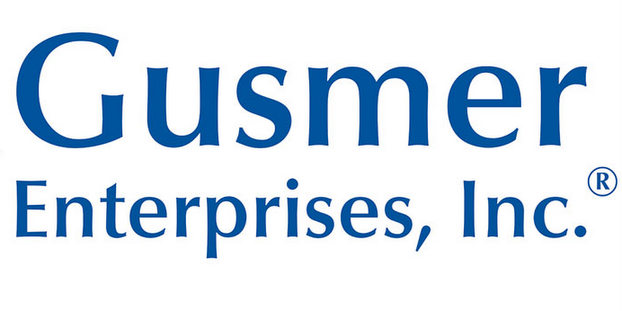The brewing enzymes market is estimated at USD 352.1 million in 2018, according to the Brewing Enzymes Market Global Forecast to 2023 report. It is projected to reach USD 484.7 million by 2023, at a CAGR of 6.6 percent from 2018, in terms of value.
The use of enzymes has become increasingly important in the brewing industry, as they accelerate the chemical reaction without a change in their own structure. To enhance the brewing process, commercial exogenous enzymes are used in various steps to make the brewing faster, easier and more consistent. Lack of uniformity in regulations affect international trade and hence are a restraining factor for the growth of the brewing enzymes market.
The demand for brewing enzymes in the beer segment is expected to witness significant growth in the near future, due to the rising popularity of beer consumption among young consumers, rise in technological innovations and growth in the craft beer segment and number of microbreweries.
RELATED: DuPont brewing enzymes now available to U.S. craft brewers through Gusmer
The amylase segment is projected to dominate the brewing enzymes market through the forecast period. The growth of this market is proportionally dependent on the production of beer globally. Amylases are mainly used in industries because of their cost-effectiveness, less-time-consuming processes and less space. It is also easy to modify and optimize the processes involving them. The consumption of amylase is significant in the Asia Pacific and African regions, due to lower access to malt in these regions which will lead to higher demand for amylase.
The microbial source is estimated to dominate the brewing enzymes market, as they are easy to handle, can be produced in huge tanks without light and have a high growth rate. The ideal microorganism grows quickly and produces a significant amount of the desired enzyme at mild temperatures while consuming inexpensive nutrients. Microbial sources are also more cost-effective sources than plant sources, which has fueled the growth of this segment.
The liquid form of brewing enzymes is projected to grow at a higher CAGR between 2018 and 2023. It is preferred in the brewing process as it saves energy, reduces water usage, reduces wastage of beer and simplifies the filtering process.
The Asia Pacific region dominated the brewing enzymes market in 2017 and is projected to grow at the highest CAGR from 2018 to 2023. The main countries contributing significantly toward the growth of the market in the region include Vietnam, China, Australia and New Zealand. The Asia Pacific region is heterogeneous, with diversity in income levels, technology and demand for quality beer products, leading to enhanced scope for future growth. These factors influence the use of brewing enzymes in the beer and wine segment.
In the European region, the growth of brewing enzymes can be attributed to the increase in the production of wine, flavored beers and gluten-free beers. Additionally, the increase in domestic consumption of premium products with better taste and quality also drives the production of beers and wine in Europe. Growth in the craft beer market acts as a major driver for the growth in the brewing enzymes market. The increase in the number of craft breweries, the rise in popularity of such beers among consumers, growing awareness about some health benefits of consuming beer and the increase in disposable income, especially in Western European countries, have fueled the growth of the brewing enzymes market in the region.
The brewing enzymes market is concentrated, with leading companies driving the market growth. This report provides a qualitative analysis of the prominent market players and their preferred development strategies. Key players such as Novozymes (Denmark), DSM (Netherlands), DowDuPont (US), Amano Enzyme (Japan), Chr. Hansen (Denmark), Associated British Foods (UK) and Kerry Group (Ireland) have been profiled in the report.
These leading players have adopted strategies such as expansions and investments, new product launches, mergers and acquisitions and partnerships and agreements to explore new and untapped markets, expand in local areas of emerging markets and develop a new customer base for long-term client relationships. This has not only enabled the key players to expand their geographical reach but has also reinforced their market position by gaining a larger share in terms of revenue and product portfolios.
If you aren’t sufficiently bored of this by now, you may want to purchase the full report here.





Leave a Reply
You must be logged in to post a comment.